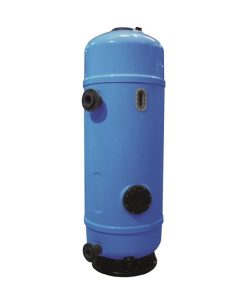Hottub, Swimming Pool
The Importance of Microbiological Testing in Spa Pools
The Importance of Microbiological Testing in Spa Pools
The process of microbiological testing stands as a fundamental spa pool maintenance practice which protects users from dangerous bacteria through safe water conditions. The guide explains both the necessity of testing and demonstrates proper testing procedures.
Why Microbiological Testing Is Necessary
The bacterial environment of spa pools supports the development of Legionella and Pseudomonas bacteria. The process of regular testing allows operators to detect bacterial contamination at an early stage so they can implement corrective measures before users become at risk.
What to Test For
Legionella: A bacteria that can cause Legionnaires’ disease.
Pseudomonas aeruginosa: A bacteria linked to skin infections and rashes.
Total Viable Count (TVC) measures the complete microbial population that exists within the water.
How to Conduct Microbiological Testing
Sample Collection: Take samples from various points, including jets and filters.
Laboratory Analysis: Send samples to an accredited lab for detailed analysis.
Interpret Results: Compare findings against acceptable thresholds and take action if necessary.
FAQs About Microbiological Testing
Q: How often should testing be done?
A: Commercial pools need to perform monthly tests but should also conduct extra tests when maintenance occurs or when incidents happen.
Q: What happens if bacteria are detected?
A: The spa pool needs to be shut down for thorough cleaning and disinfection procedures before retesting for safe reopening.
Stay Ahead of Risks
The practice of microbiological testing on a regular basis functions as an effective preventive measure to safeguard users while maintaining health standards.


















